Best Bond Funds to Buy
The best bond funds provide income and stability for investors and are worthy additions to any well-balanced portfolio.


Investors looking for stability often turn to the fixed-income market, seeking out the best bond funds and bond ETFs to buy. This is because these debt securities are often much less volatile than stocks.
In fact, bankruptcy laws generally state that if a company fails, it is the bondholders that must be made whole first – whereas the failure of a publicly traded company could leave investors with shares that are totally worthless.
Of course, the tradeoff is that it's almost impossible to imagine bonds delivering a quick 10% or 20% in principal gains, while the stock market just pulled off back-to-back 20%-plus years of generating those kinds of profits. Stability has a cost.

Sign up for Kiplinger’s Free E-Newsletters
Profit and prosper with the best of expert advice on investing, taxes, retirement, personal finance and more - straight to your e-mail.
Profit and prosper with the best of expert advice - straight to your e-mail.
Are bonds good retirement investments?
At the same time, if you're near retirement and/or your biggest concerns are capital preservation and income, you can't overlook bonds and the best bond funds.
At a minimum, investors should consider modest exposure to fixed-income assets to add diversification to their portfolios.
And if your nest egg is large enough, the best bond funds may even make sense as your core asset as a way to protect your hard-earned money.
Are bonds a good investment this year?
It's been a rough run for bonds, as evidenced by the the Morningstar US 10+ Year Treasury Bond Index, which has shed nearly 30% over the past five years. More recently, the bond market appears to be stabilizing. Indeed, the Morningstar index is up more than 6% so far in 2025 through early March.
And Vanguard expects a "favorable environment for fixed income this year." The asset management firm admits that uncertainty surrounding the Trump administration's policies – namely, the possible impact of tariffs and immigration on inflation and interest rates – "creates a broader range of potential outcomes" and requires investors to be "disciplined and nimble. However, their "base case outlook is positive."
How to find the best bond funds
There is no single investment or asset class that works for every portfolio. Bonds are characterized by capital preservation and income potential, for example, rather than growth potential, which is what drives stock prices higher.
And there is differentiation within the fixed-income market too: Some bond funds yield more than others based on their risk profile. All that said, investors who take a holistic approach can make any of these bond funds a foundational holding in their investing strategy.
To put together our list of the best bond funds, we looked for well-established vehicles with at least $1 billion in assets. And we homed in on those that are accessible to the majority of investors with minimum investment thresholds of $3,000 or less.
These funds span several strategies to help investors find the right product for their risk tolerance and their financial goals.
Data is as of March 3. SEC yields reflect the interest earned after deducting fund expenses for the most recent 30-day period and are a standard measure for bond and preferred-stock funds.
You always should always do your own research, but these are five of the best bond funds to buy now.
Vanguard Total Bond Market Index Fund Admiral Shares
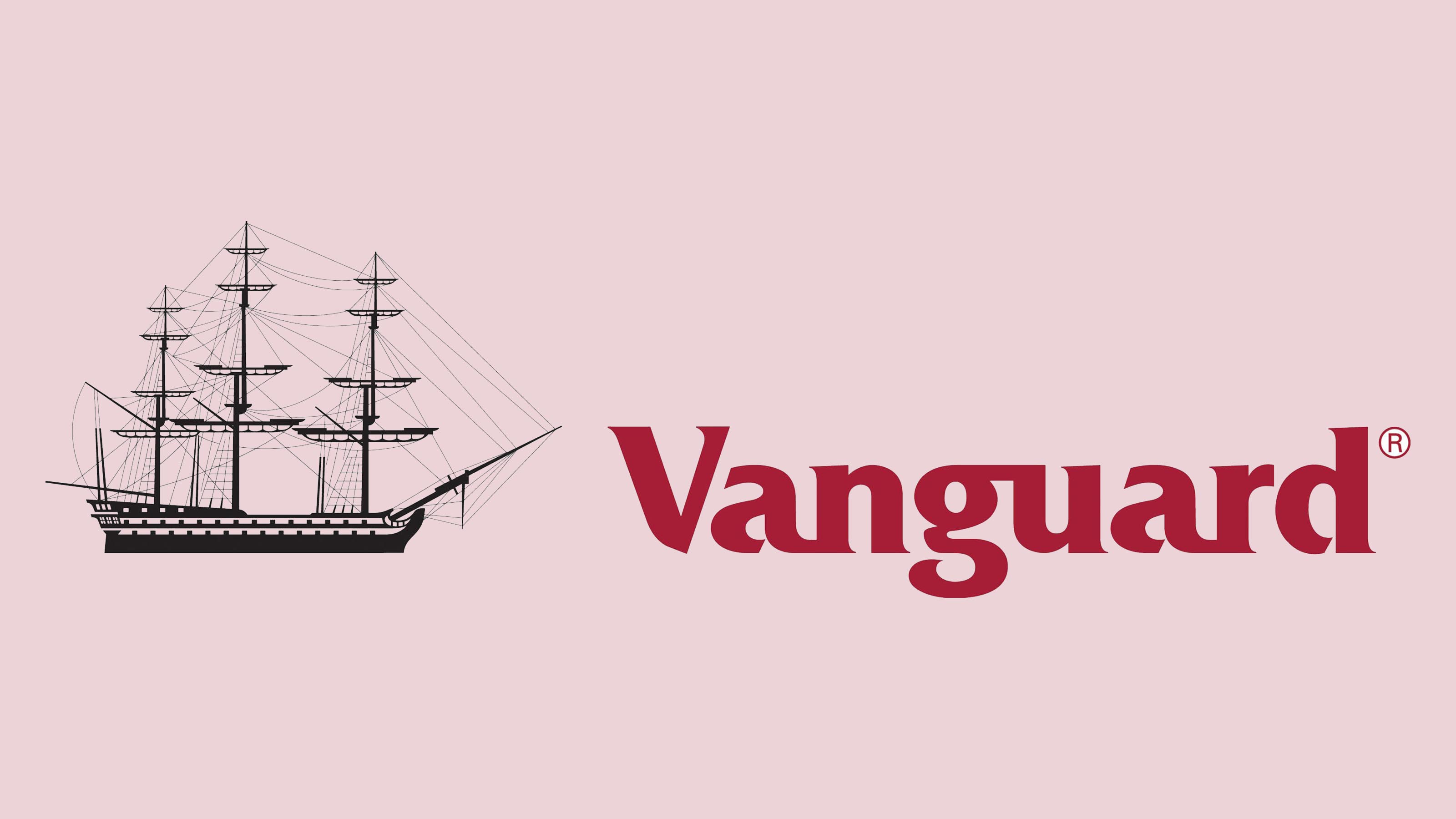
- Assets under management: $344.9 billion
- SEC yield: 4.6%
- Expense ratio: 0.05%
The Vanguard Total Bond Market Index Fund Admiral Shares (VBTLX) is the most popular Vanguard mutual fund for bond investors. It's also one of the largest mutual funds of any kind in the world.
Like many popular Vanguard offerings, the approach is simple and cost-effective: VBTLX provides exposure to the fixed-income market in one simple broad-based fund.
Managers oversee a portfolio of more than 11,000 investment-grade bonds. These are debt securities of high credit quality issued by government entities and/or corporations at lower risk of default.
U.S. government bonds account for approximately half of total assets, with another fifth or so invested in agency debt including pools of mortgage-related assets backed by federal agencies. The rest is allocated to top-tier corporate debt and similar securities.
Holdings tend to be of medium-term duration, the portfolio characterized by bonds with an average maturity of about 8.3 years.
With hundreds of billions in assets behind this approach, VBTLX offers a well-established and affordable way to play the totality of investment-grade bonds in a single mutual fund.
Learn more about VBTLX at the Vanguard provider site.
PIMCO Income Fund A
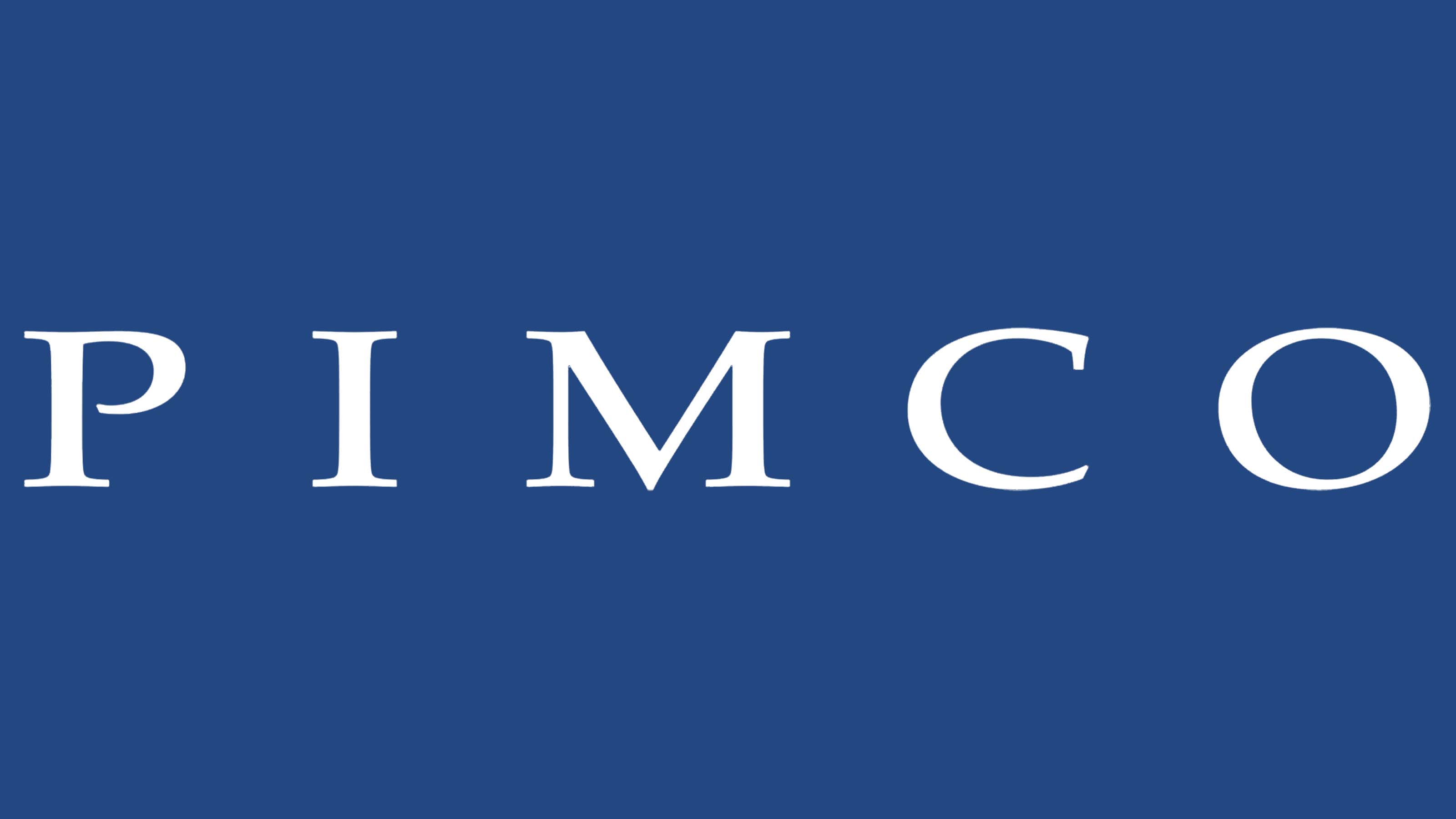
- Assets under management: $174.7 billion
- SEC yield: 4.7%
- Expense ratio: 0.90%
There's a lot of uncertainty reflected in the bond market after a fairly volatile trading environment across 2024. That includes interest rate policy at the Fed amid lingering concern about whether inflation can be tamed – and what the central bank's approach means for the broader global economy.
The PIMCO Income Fund A (PONAX) looks to minimize the impact of unexpected shifts in the landscape in the coming year and at the same time to profit from any significant changes through an actively managed and "unconstrained" approach.
In other words, the experts at the helm of PONAX have leeway to allocate more (or less) to certain areas of the bond market rather than stick to an index like VBTLX, for example.
As a respected leader in the bond world, PIMCO operates some of the largest fixed-income mutual funds in the market. PONAX, one of its flagship products, holds about 9,000 individual bonds.
It yields a bit more than other intermediate-term bond mutual funds because management makes responsible investments in higher-yielding, higher-risk offerings such as emerging-market debt. And about 10% of total assets are allocated to junk bonds.
If you're interested in playing the totality of the bond market in a more tactical way, this well-respected and actively managed option is one of the best bond funds to buy now.
Learn more about PONAX at the PIMCO provider site.
Vanguard Total International Bond Index Fund Admiral Shares

- Assets under management: $100.1 billion
- SEC yield: 3.0%
- Expense ratio: 0.10%
Bond mutual funds are attractive as foundational investments because they provide diversification beyond stocks. For investors seeking international diversification as well, the Vanguard Total International Bond Index Fund Admiral Shares (VTABX) is a great option to layer into any portfolio.
With approximately 6,900 bonds in its portfolio, VTABX gives investors access to global markets outside the United States. Top regions include Europe at 56% and Asia-Pacific at 20%, with the majority of those bonds in Japan.
There is a small allocation to bonds from emerging markets, but every asset in this fund is an investment-grade security with a rating of BBB or better to ensure a strong chance of repayment.
As an "ex-U.S." fund, VTABX is a great supplemental holding for any portfolio. This bond mutual fund can easily be layered on top of other domestic bond funds on this list, reducing your risk profile without duplicating existing positions.
Learn more about VTABX at the Vanguard provider site.
Vanguard Short-Term Corporate Bond Index Fund

- Assets under management: $41.6 billion
- SEC yield: 4.7%
- Expense ratio: 0.06%
Normally, longer-dated bonds yield more than shorter-dated bonds because of the added duration risk they carry. After all, a lot more can go wrong over the next two decades than the next two years.
But, in the current economic environment, we've seen bond markets trade into an inverted yield curve, where shorter-dated bonds actually pay more than longer-dated bonds.
Bond investors can take advantage of this trend by focusing on shorter-term bonds via the Vanguard Short-Term Corporate Bond Index Fund (VSCSX). As the name implies, there is no U.S. Treasury debt here, only bonds issued by top-rated blue chip stocks such as Bank of America (BAC), Verizon Communications (VZ) and AbbVie (ABBV).
With issuers including some of the biggest name-brands on the planet and an effective maturity of just 2.8 years, the bonds that make up this mutual fund portfolio are rock-solid.
But thanks to the nature of the yield curve as well as the fact that corporate bonds generally pay more than Treasuries, you can harness income that's almost three times the S&P 500’s dividend yield while maintaining a relatively low risk profile.
Learn more about VSCSX at the Vanguard provider site.
Fidelity Inflation-Protected Bond Index
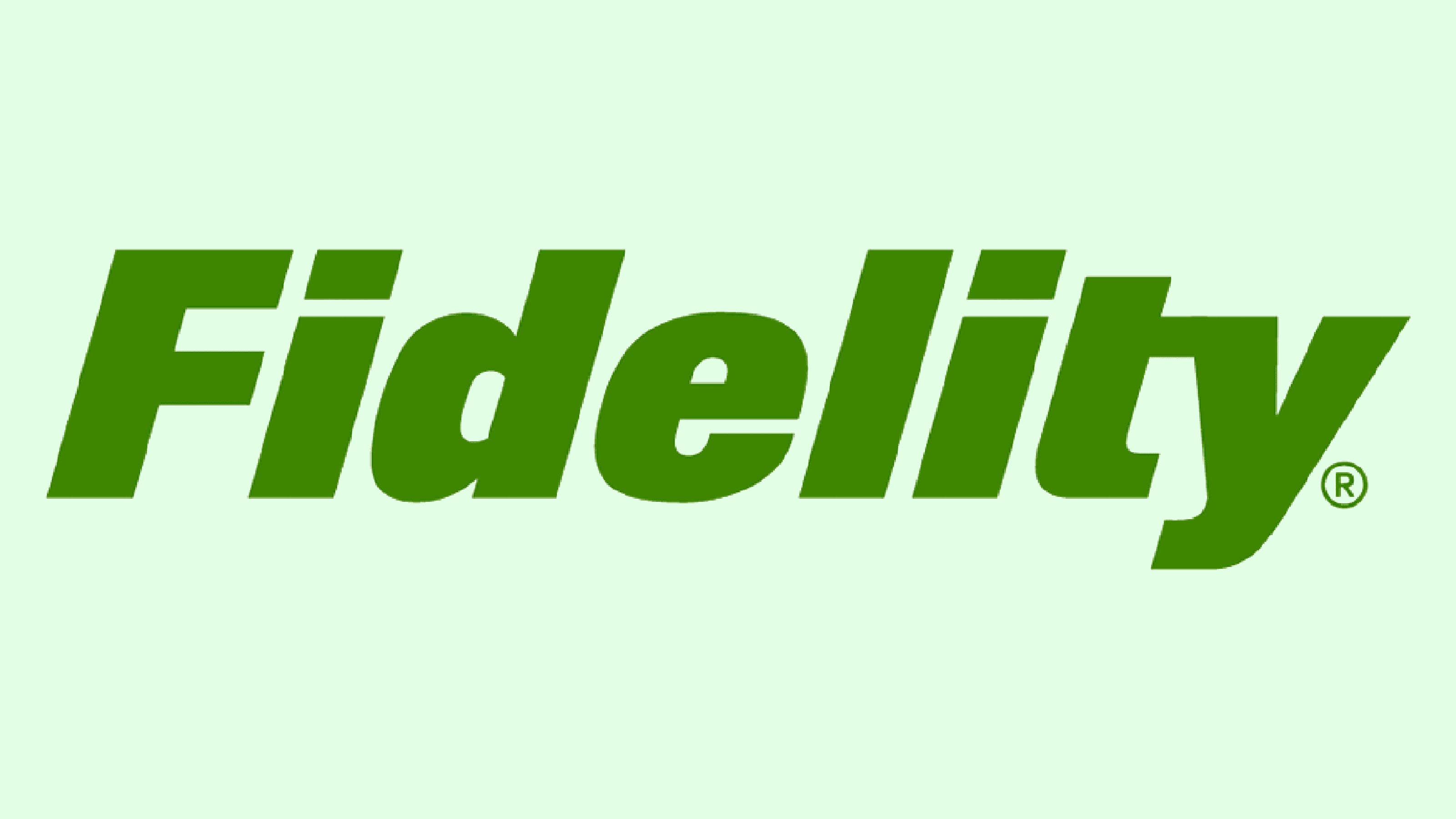
- Assets under management: $9.5 billion
- SEC yield: 2.0%
- Expense ratio: 0.05%
This bond mutual fund is a tactical option that could prove increasingly useful in the age of rising costs for businesses and consumers.
The Fidelity Inflation-Protected Bond Index Fund (FIPDX) invests in Treasury Inflation-Protected Securities, or TIPS. This special class of bonds is benchmarked to the widely followed Consumer Price Index, which represents a basket of household expenditures including transportation, food and housing.
TIPS work like this: When the CPI rises, the principal value of TIPS rises as well. And you get paid interest based on the adjusted principal. That means you could see tremendous payouts should an already elevated inflation rate accelerate due to tariffs and trade wars this year.
There is downside risk for TIPS if and when inflation does cool in the future.
That said, if you want to profit from the trend of rising prices – or at least establish a hedge against inflation – FIPDX is one of the best bond funds to consider.
Learn more about FIPDX at the Fidelity provider site.
Related content
Get Kiplinger Today newsletter — free
Profit and prosper with the best of Kiplinger's advice on investing, taxes, retirement, personal finance and much more. Delivered daily. Enter your email in the box and click Sign Me Up.

Jeff Reeves writes about equity markets and exchange-traded funds for Kiplinger. A veteran journalist with extensive capital markets experience, Jeff has written about Wall Street and investing since 2008. His work has appeared in numerous respected finance outlets, including CNBC, the Fox Business Network, the Wall Street Journal digital network, USA Today and CNN Money.
-
 Vanguard Is 50! Here's How It Has Made Investing Better
Vanguard Is 50! Here's How It Has Made Investing BetterVanguard was established by John C. Bogle in May 1975, and the fund manager's impact on investing has been revolutionary.
-
 Should You Give up a Car in Retirement?
Should You Give up a Car in Retirement?If you own two cars, shedding one might be easier than you think. The freedom from rising vehicle expenses can bring relief to retirees.
-
 Vanguard Is 50! Here's How It Has Made Investing Better
Vanguard Is 50! Here's How It Has Made Investing BetterVanguard was established by John C. Bogle in May 1975, and the fund manager's impact on investing has been revolutionary.
-
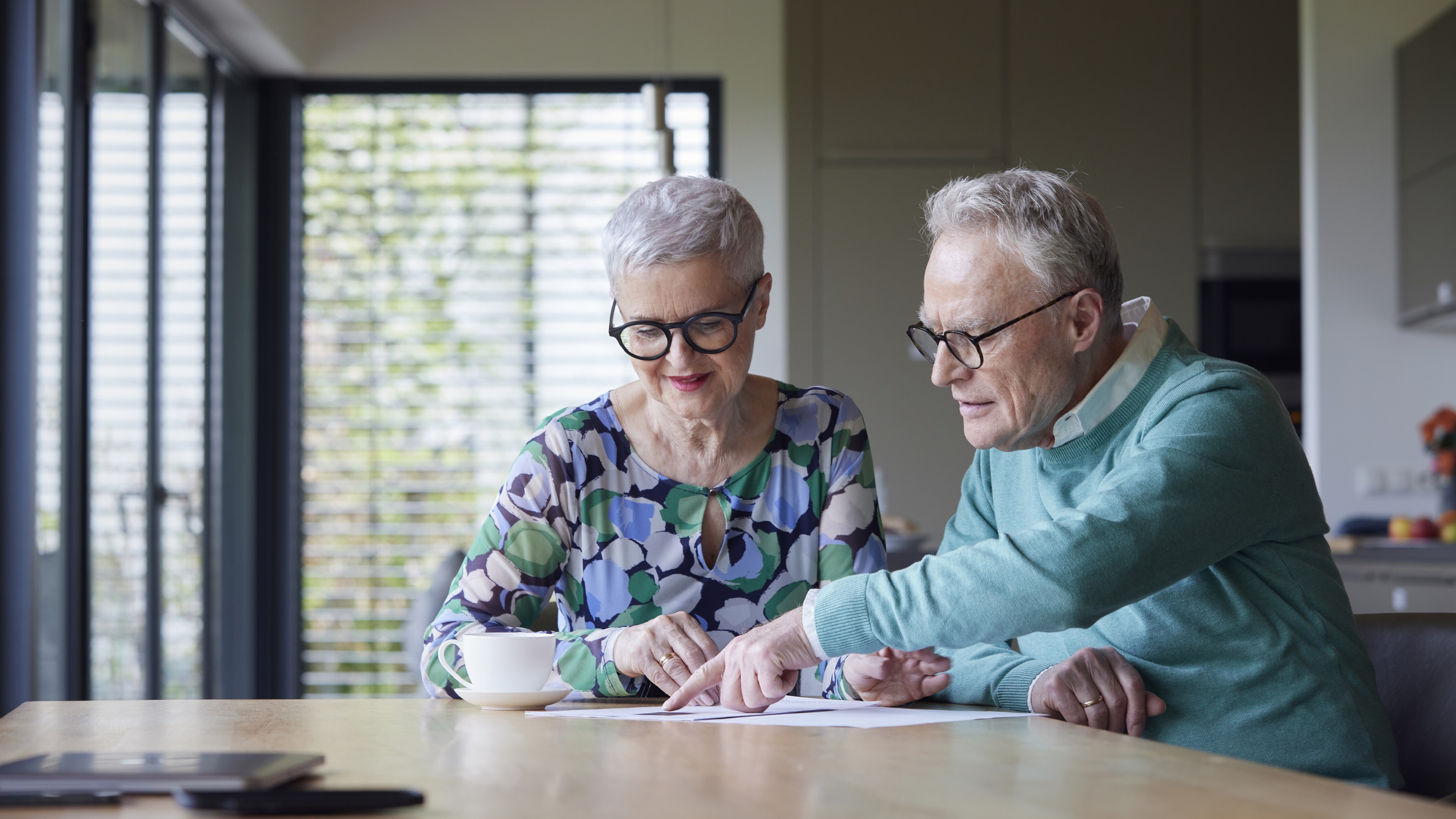 Have You Reviewed Your 401(k) Beneficiary Designations Lately?
Have You Reviewed Your 401(k) Beneficiary Designations Lately?If you've had any life changes — marriage, divorce, a new baby or retirement — you might want to make sure your beneficiaries are in order.
-
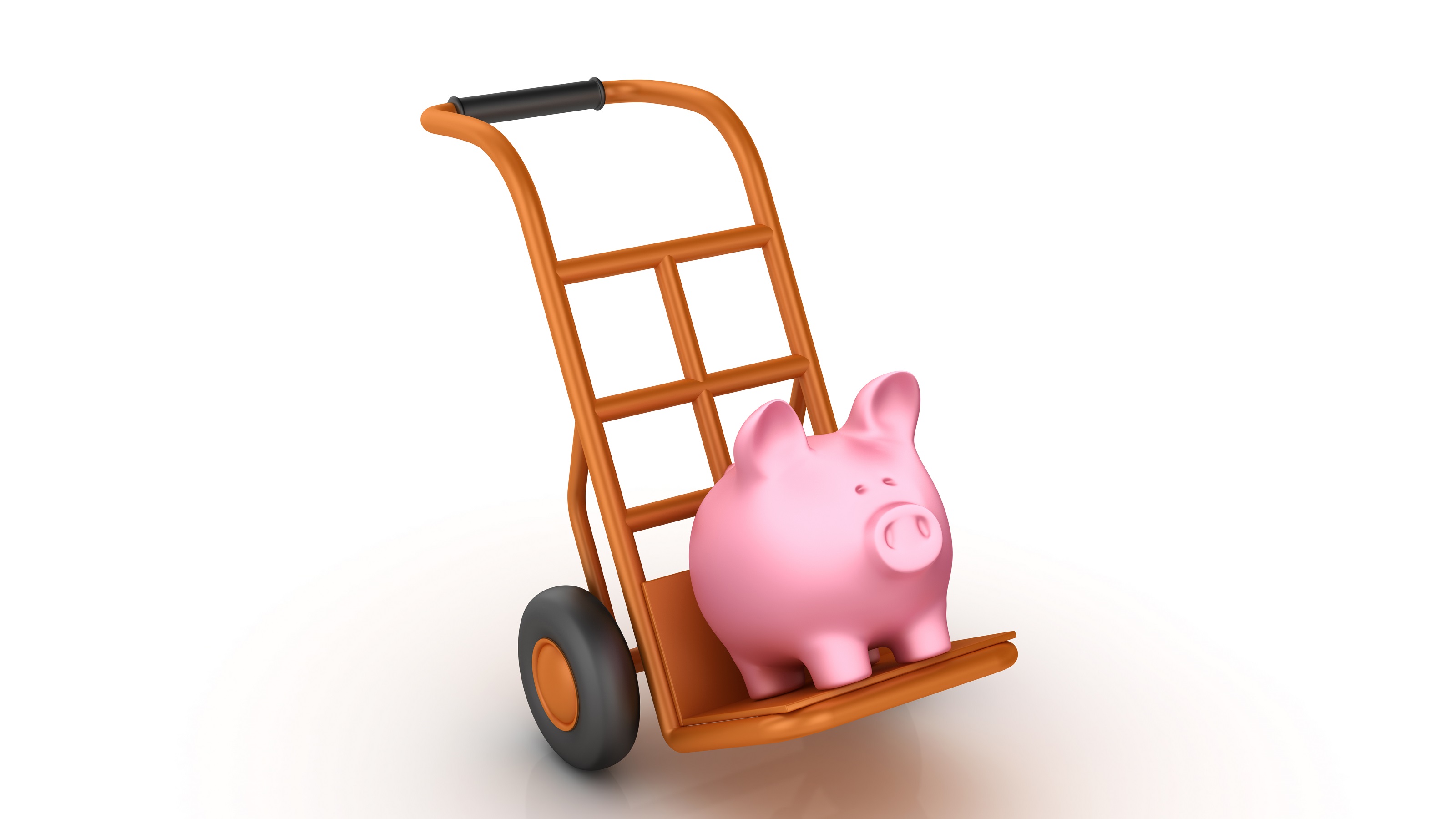 How 401(k) Auto Portability Boosts Women's Retirement Savings
How 401(k) Auto Portability Boosts Women's Retirement SavingsWomen already face an uphill battle when saving for retirement. Auto portability tech transfers their 401(k)s when they change jobs, which can add up over time.
-
 Stock Market Today: Stocks Rally Back Before Mag 7 Earnings
Stock Market Today: Stocks Rally Back Before Mag 7 EarningsAn unexpected contraction in the U.S. economy and dismal jobs data arrived ahead of earnings from some of Wall Street's biggest names.
-
 May Fed Meeting: Live Updates and Commentary
May Fed Meeting: Live Updates and CommentaryThe May Fed meeting is a key economic event, with Wall Street looking to see what Fed Chair Powell & Co. will do with interest rates amid tariff uncertainty. The May Fed meeting is a key economic event, with Wall Street looking to see what Fed Chair Powell & Co. will do with interest rates amid tariff uncertainty.
-
 AI vs the Stock Market: How Did Value Stocks, Gold and PayPal Perform in April?
AI vs the Stock Market: How Did Value Stocks, Gold and PayPal Perform in April?AI is a new tool for investors to use for data analysis, but can it beat the stock market? Here's how a chatbot's stock picks fared in April.
-
 Why I Think You Should Buy Stocks to Cope with Inflation
Why I Think You Should Buy Stocks to Cope with InflationWhat's the best way to protect your investments when inflation rises and the value of the dollar falls? Surprisingly, the answer may lie in buying stocks.
-
 Why Gray Divorce Happens and Five Ways to Avoid It
Why Gray Divorce Happens and Five Ways to Avoid ItEmotional intelligence is a key ingredient in a relationship's long-term success, and it can be learned or strengthened at any age. A psychologist explains how.